Exhibition Announcement
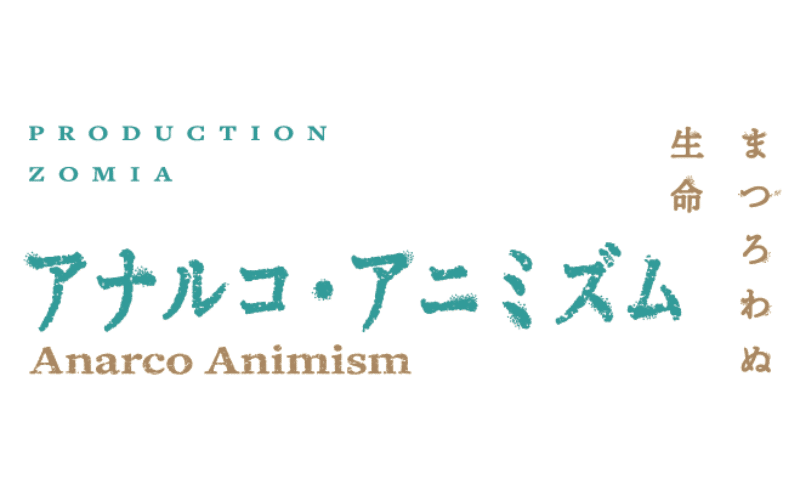
Anarcho-Animism
Curated by Production Zomia, an expert network of Asian artists and curators.
This exhibition, curated by Production Zomia, an expert network of Asian artists and curators, presents five Southeast Asian artists from the collection of the AURA Contemporary Art Foundation, that have been working on the relationship between nature and human being.
The exhibition was organised for the Reborn Art Festival 2021-2022 in Ishinomaki, Miyagi Prefecture. The experience of the Great East Japan Earthquake has made us reconsider the state’s management of life and the nature of mourning, or the activities of human being in its domination of nature.
We created the following exhibition concept around these questions, sharing our experiences and exchanging ideas with artists from Asia. Here you can hear the voices of these artists, who have been creating their works through a variety of scales, from personal to global perspectives.
The geographical condition of ‘mountains and sea in close proximity’, which is a common feature of the Oshika Peninsula and the Zomia world, is also a common feature here in Kinan.
The exhibition traverses the boundaries between culture/nature, life/death and nation/zomia, and through anarchist thinking poses the question: ‘In a world without rulers, how can we live together, intertwined with nature?
We hope you will enjoy this exhibition, imagining the richness of thought, culture and spirituality that has been created in the natural environment created by the Kuroshio Current flowing through the Oshika Peninsula and the Kinan region.
Don’t need to rely on anything to survive.
This is a ‘word’ said by a local fisherman on the Oshika Peninsula.
The flowing breath of the Kami, a small spirit. His word has the power of words given by it.
There are still fragments of statelessness from the landscape of the mountains, seas and coastal areas which give us a deep-rooted essence of Zomia within the Kii and Oshika Peninsula.
The rugged terrain on Indochina Peninsula is a home for Zomia, The Zomi, meaning highlander, coexist there along with the Kami.
They have lived in nature which conducts both its blessings and disasters onto humans.
Thus, their common sense is to eschew exclusion and refinement, never creating a single centrum.
Their Animistic wisdom creates harmonious relationships between animals, plants, inorganic substances and even spirits.
From the Anarco-Animist perspective,
They reject slavery, conscription, taxes, warefare, etc., and
They leave no written records behind that would control their own mobility/dispersal.
The Zomis not only migrate and reside in the mountains and forests.
But rivers and oceans as well serve as places to retreat–they become Water Zomia.
One wonders if the Zomi were driven from the plains to the open sea and eventually drifted to the Kii Peninsula via what is now Indonesia, Taiwan, Okinawa and even the Oshika Peninsula.
“The sedimentation of civilisation” and “a life ungoverned”
In contrast, our civilized societies are inundated with fabricated labor that places us far from our ideal livelihood. Our world is dominated, and we are dwarfed, by institutions and technology.
The materialistic society of homo economicus, where people believe only in finite money and materials— “capital” – The more civilization absorbs, the more people cling to illusive stories and principles.
From the shadows of an obsoleting civilization, the Zomis, adherents of Anarco-Animism, emerge. They know that humans, flora and fauna, inorganic matter and the flowing Kami are intertwined. This entanglement of life goes beyond ‘symbiosis’ and ‘altruism’.
It is the coincidental co-existence between opposing entities living on different principles.
The life of the self-governed resists silently
While maintaining mutual autonomy unreliant upon state actors.
Today too, they keep their freedom to utterly embrace their ephemeral human lives.
Apichatpong Weera sethakul
The Light of Longing [2021]
Filmmaker born in 1970 in Thailand. Apichatpong Weerasethakul’s work has won awards at many film festivals, including the Cannes Film Festival, and screened at numerous art festivals. During the rampant spread of the COVID-19 pandemic, Apichatpong revisited Nong Khai in northeastern Thailand, the area where he has previously shot several films. While the landscape and flow of Mekong River evokes memories of the land, people’s lives there were drastically transformed by the development of a dam at the upper reaches of the river. Apichatpong’s work, which captures how memories of life have been lost and the place is dying, here comprises photographs turned upside down to indicate the mistakes caused by rationality and common sense, and the destruction of the natural environment.
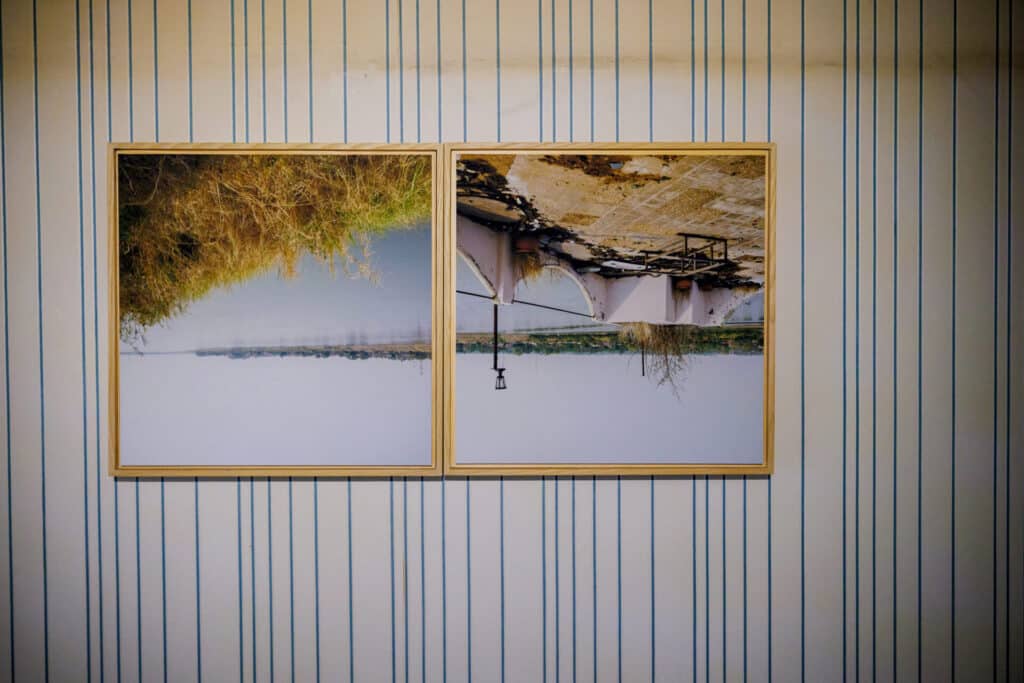

Irwan Ahmett & Tita Salina
Harvest from Atlantis [2019]
An artist duo from Jakarta, Indonesia. Intervening in public space, Irwan Ahmett and Tita Salina offer sharp social critiques about urban development, ecological problems, political oppression, and colonial legacies. The livelihoods of fishers in Jakarta Bay who farm mussels are at risk of being destroyed by pollution from waste and by the privatization of the land. Working with the fishers, Ahmett and Salina sank a tree in the sea and waited for shellfish to appear. The time it takes to farm mussels in Jakarta, a city that is slowly sinking due to land subsidence and rising sea levels, symbolizes both hope and concern for the future.
Video: 11 min. 38 sec.


Aung Myat Htay
A Land of Ghosts [2019]
Artist and independent curator born in Myanmar in 1973. Aung Myat Htay incorporates contemporary sensibilities into traditional art to convey social messages. In this work, against the backdrop of an abundant forest and sea, the human figures and animals depicted in Buddhist stories from Southeast Asia countries appear and disappear, along with anonymous people. Like the idea of reincarnation widespread in a region that is a melting pot of many ethnicities, cultures, languages, and religions, these images become intricately intertwined. Encompassing animals, plants, insects, minerals, and migrants, Aung Myat Htay’s worldview critiques egoism that is placed in opposition to altruism.
Video: 5 min. 10 sec.

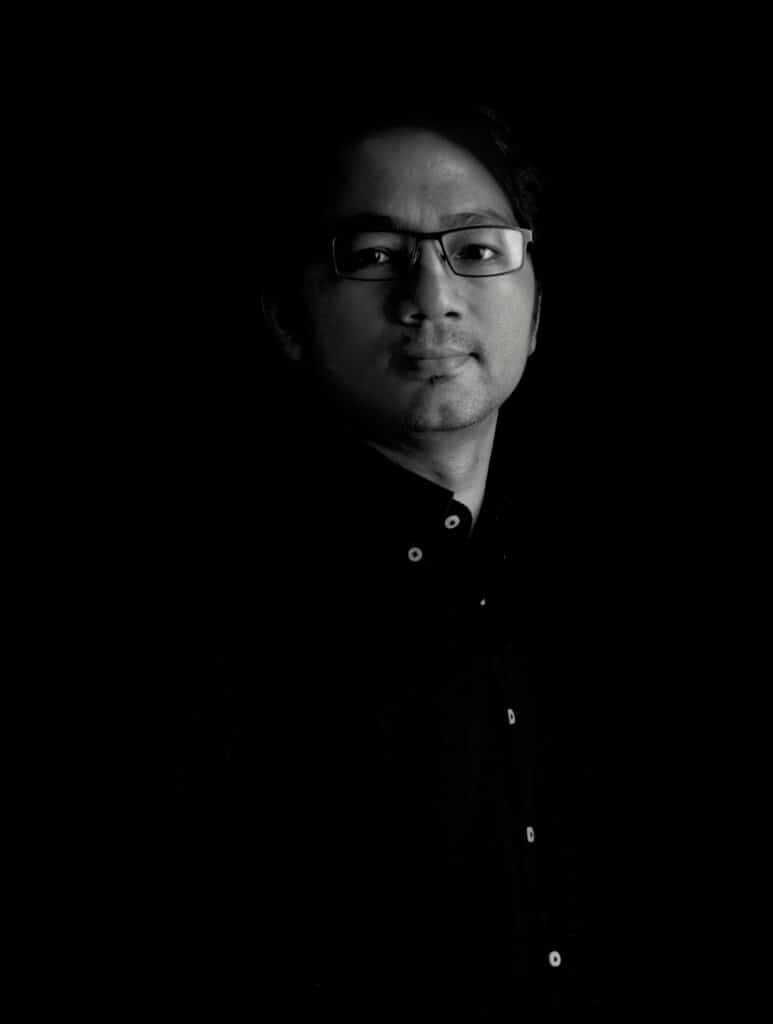
Mech Choulay & Mech Sereyrath
Animal Hand [2020]
Dead Wood [2020]
Born in the 1990s, Mech Choulay and Mech Sereyrath are sisters who represent the next generation of contemporary art in Cambodia. This work is inspired by the religious practice of forest conservation in a community located in Anlong Veng, northwestern Cambodia, which is run by monks and villagers. The phantasmal, mist-shrouded dead trees, while reaching the end of their life as individual plants, play an important role in the life cycle of the forest. The hand that appears and disappears, and constantly changes shape, is elusive like the unknown creatures that lurk deep inside the forest. This work seems to indicate the state of the world that can only be felt by accepting the existence of the unknown.
Video: Animal Hand 2 min. 10 sec., Dead Wood 1 min. 16 sec.
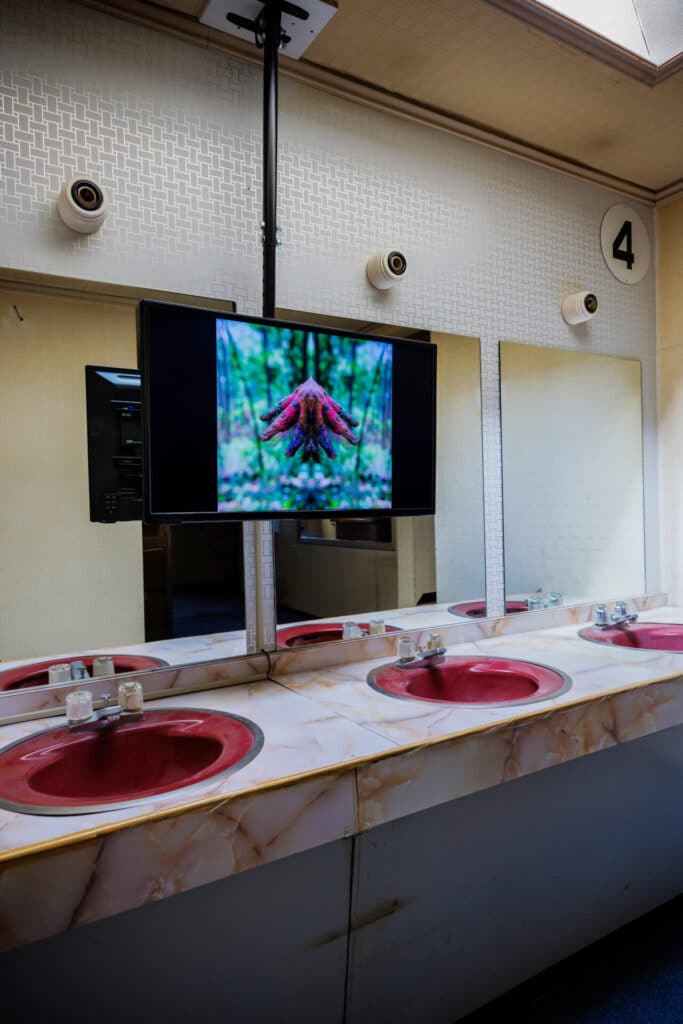
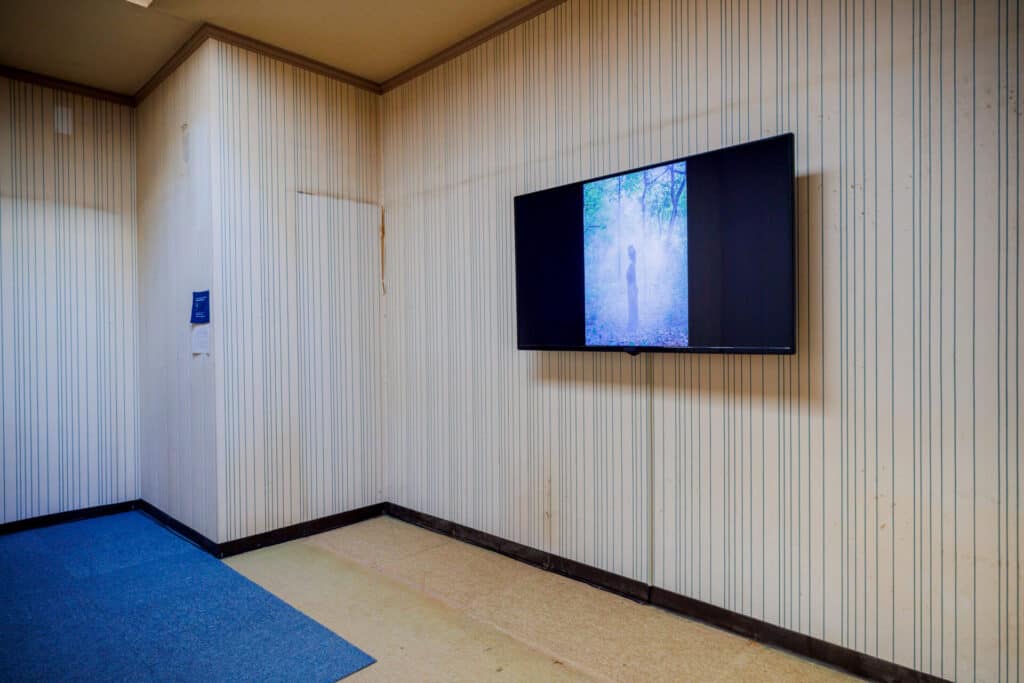
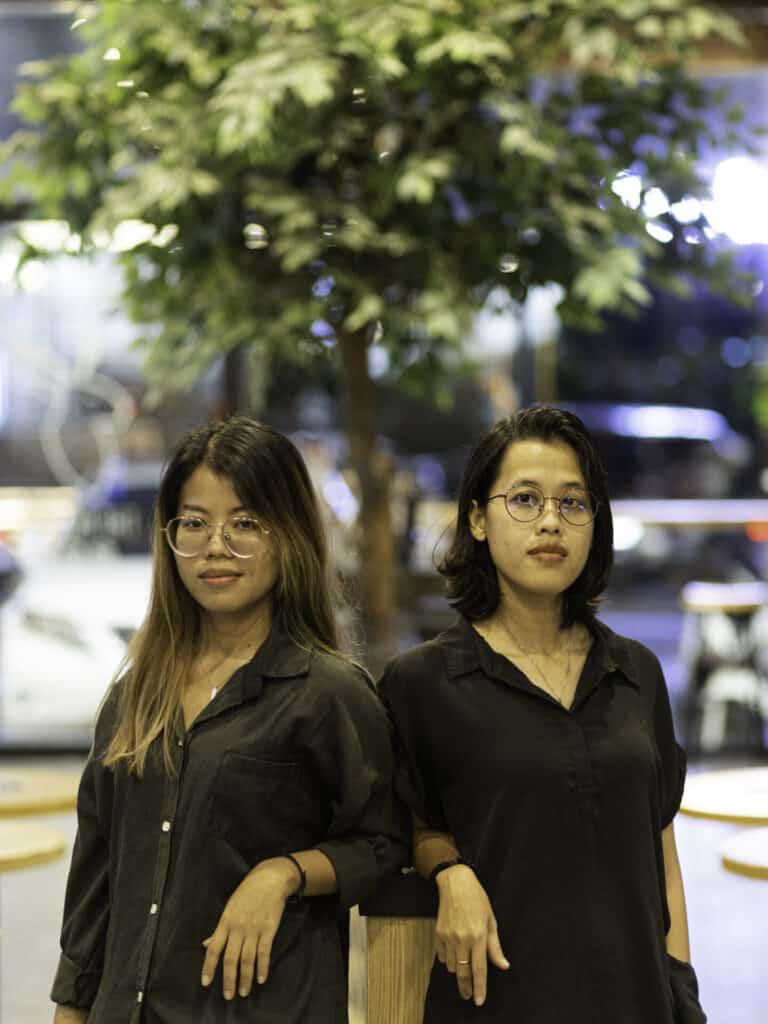
Montika Kham-on
Siamese Futurism [2021]
Montika Kham-on is a video artist born in Thailand in 1999. Her music video presented at Reborn-Art Festival this year attempts to create and convey a new story about the rebellion against the central government that took place in the Isan region of northeastern Thailand between 1901 and 1936. With her own mother, an Isan native, as the starting point, Montika imagines the Isan region with its regained autonomy from the central Thai government as the backdrop for a story that unfolds in her sleep. Montika’s portrayal of another Isan makes us aware of the country and culture that disappeared as a result of conflict and assimilation, as well as of the people hidden in the shadow of the victor’s version of history.
Video: Siamese Futurism 8 min. 41 sec., Siamese Futurism’s video essay 8 min. 6 sec., Prophecy 2 min. 52 sec.

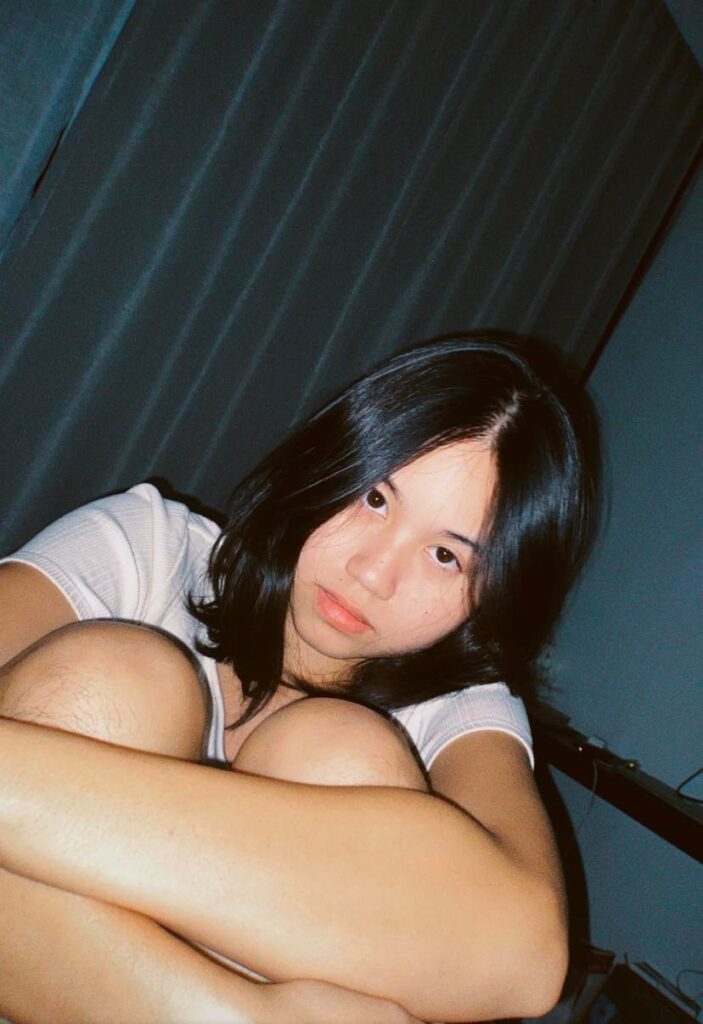
Organized by Kinan Art Week
Curated by Production Zomia
